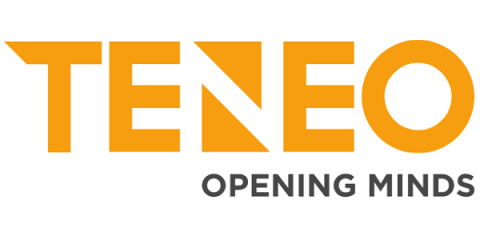Ask Miss O11y: My Manager Won't Let Me Spend Any Time Instrumenting My Code
My organization doesn’t want me spending time on instrumenting my product. What can I do? Thanks for the question! You’ll be relieved to hear that you’re in the majority, and also that there are quick (and easy) steps you can do to prove that instrumenting your code is worthwhile.











